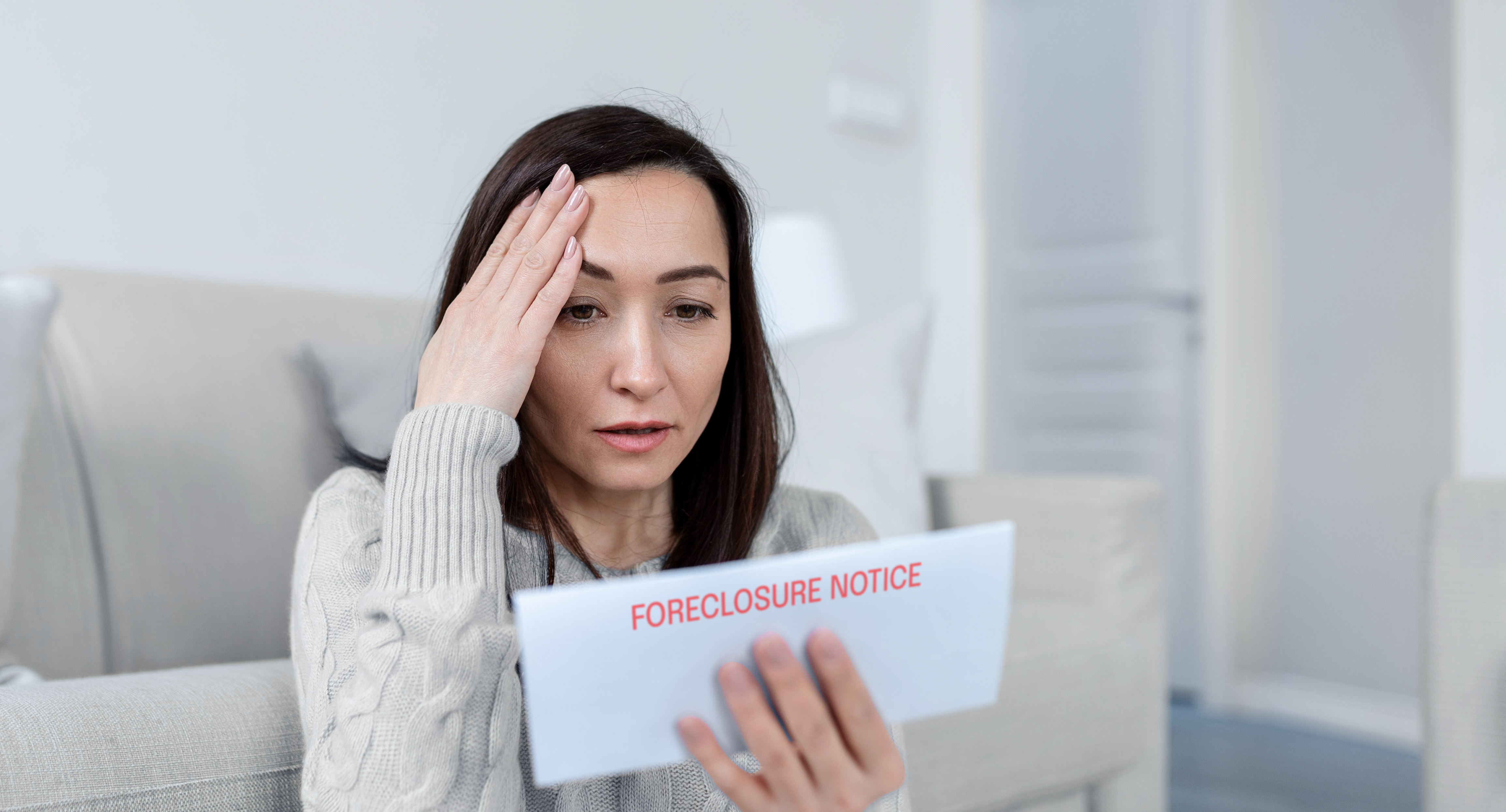
Welcome to XPLS Pro! In this blog, we embark on a journey through the labyrinth of the foreclosure process, shedding light on its intricacies and demystifying its often daunting path. Brace yourself as we delve into the heart of the matter, unraveling what exactly the foreclosure process entails and what it means for homeowners and lenders alike. From missed payments to auction days, we’ll explore every twist and turn, empowering you with the knowledge to navigate this challenging terrain.
What Is The Foreclosure Process?
The foreclosure process is a legal procedure that allows a lender to take ownership of a property when the borrower fails to make mortgage payments as agreed. While the specifics can vary by jurisdiction and the terms of the mortgage contract, the general steps in the foreclosure process typically include:
Missed Payments:
The foreclosure process typically begins when the borrower falls behind on mortgage payments. Usually, after a certain number of missed payments, the lender will start to take action to reclaim the property.
Notice of Default:
Once the borrower has missed payments for a certain period, the lender will typically issue a Notice of Default (NOD). This formal notice informs the borrower that they are in default on the mortgage and initiates the foreclosure process.
Pre-Foreclosure Period:
During the pre-foreclosure period, which can vary in length depending on local laws and the terms of the mortgage, the borrower may have the opportunity to bring the loan current by paying off the overdue amount, negotiate a loan modification, or sell the property through a short sale.
Foreclosure Auction:
If the borrower is unable to bring the loan current or negotiate a resolution with the lender, the property will typically be scheduled for a foreclosure auction. At the auction, the property is sold to the highest bidder, usually for an amount that covers the outstanding debt owed to the lender.
Post-Foreclosure Period:
After the foreclosure auction, the property may enter a post-foreclosure period during which the lender takes possession of the property and may attempt to sell it through other means, such as a real estate-owned (REO) sale.
Eviction:
If the former homeowner does not vacate the property voluntarily after the foreclosure sale, the lender may initiate eviction proceedings to remove them from the property.
It’s important to note that the foreclosure process can be complex, and there are legal requirements and protections in place to ensure that borrowers are treated fairly. Additionally, the specific steps and timelines involved can vary depending on factors such as state laws, the type of mortgage, and whether the foreclosure is judicial or non-judicial. As a result, borrowers facing foreclosure are often advised to seek legal assistance to understand their rights and explore their options for avoiding foreclosure.
If you would like to find out how you can help people overcome this injustice, book a demo today by clicking here!
